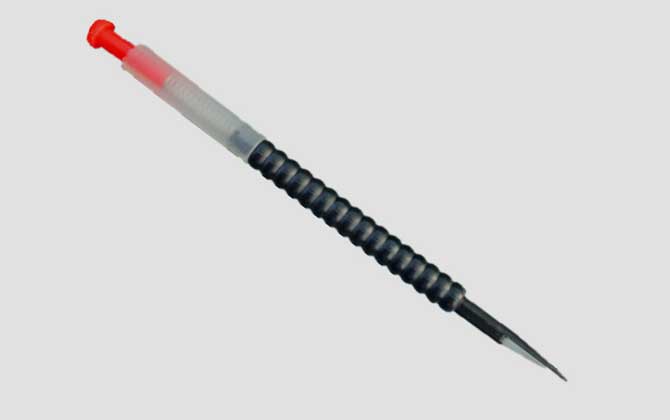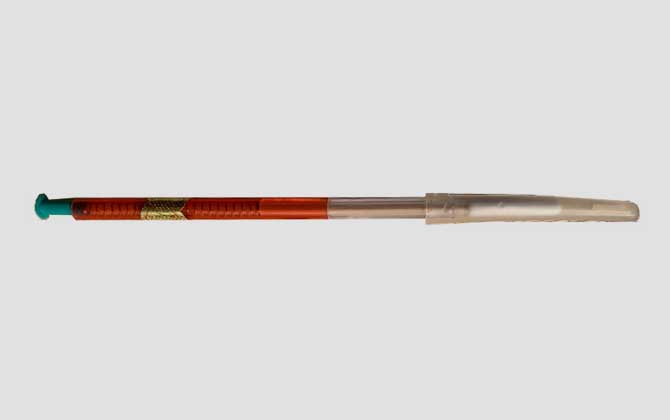The Larval Transfer Needle: A Beekeeper’s Essential Tool
Definition and Overview
The larval transfer needle is a specialized beekeeping tool primarily composed of three key components: a buffalo horn blade, plastic tube, and pusher rod. This precision instrument enables beekeepers to transfer worker bee larvae into artificial queen cells. Its dual-purpose application spans both queen rearing and royal jelly production – two fundamental processes in modern apiculture.

Design Principles
Engineered for delicate operations, the tool’s design features:
- Buffalo Horn Blade: Combines rigidity with flexibility, enabling smooth insertion along comb walls
- Plastic Tube: Provides structural support and guidance
- Pusher Rod: Facilitates controlled larval placement
The horn blade’s unique properties allow it to:
- Withstand repeated flexing without deformation
- Slide beneath larvae without damage
- Lift larvae with their nutrient-rich royal jelly intact

Key Applications
This indispensable tool serves two primary functions in commercial beekeeping:
| Application | Process | Outcome |
|---|---|---|
| Queen Rearing | Transferring larvae to queen cells | Controlled queen production |
| Royal Jelly Production | Mass larval transplantation | High-yield royal jelly harvest |

Operational Techniques
Queen Rearing Protocol
- Create artificial queen cells using wax and a cell-building frame
- Gently slide horn blade under 12-24 hour old larvae
- Transfer larvae with attached royal jelly to new cells
- Introduce prepared cells to queenless colony
Royal Jelly Harvesting Method
- Prepare multiple artificial queen cells
- Transfer larvae using same technique as queen rearing
- Harvest royal jelly 72 hours post-transplantation
- Reuse cells after careful cleaning

Tool Variations
Modern apiculture offers multiple needle types:
- Buffalo Horn: Industry standard (60-80% market share)
- Stainless Steel: Durable but higher larval mortality
- Goat Horn: Premium alternative (15-20% more costly)
- Goose Quill: Traditional Chinese design
- Spring-Loaded: 1960s innovation for rapid transfers

Maintenance Tips
Proper care ensures optimal performance:
- Clean with warm water (<40°C) after each use
- Disinfect weekly with 70% ethanol solution
- Store in dry environment to prevent horn warping
- Replace blades after 500-700 transfers
Historical Evolution
From primitive feather tools to modern precision instruments:
- Ancient China: Goose quill prototypes
- 19th Century: Horn blade development
- 1965: Spring-assisted design patent
- 2000s: Sterilizable silicone models